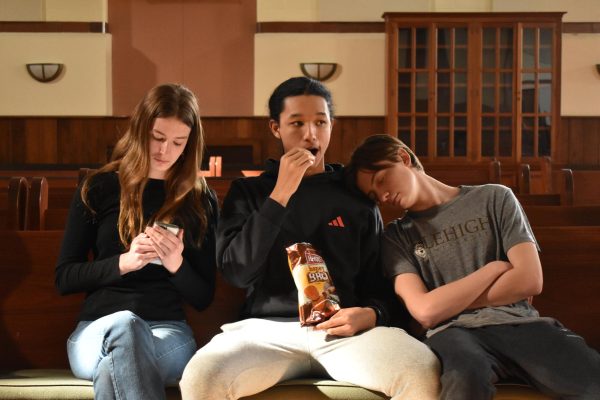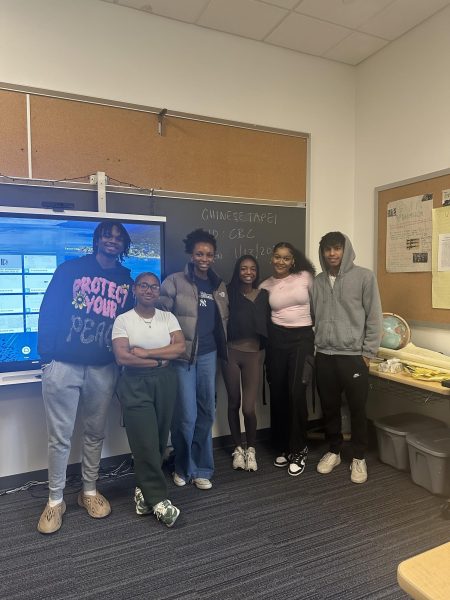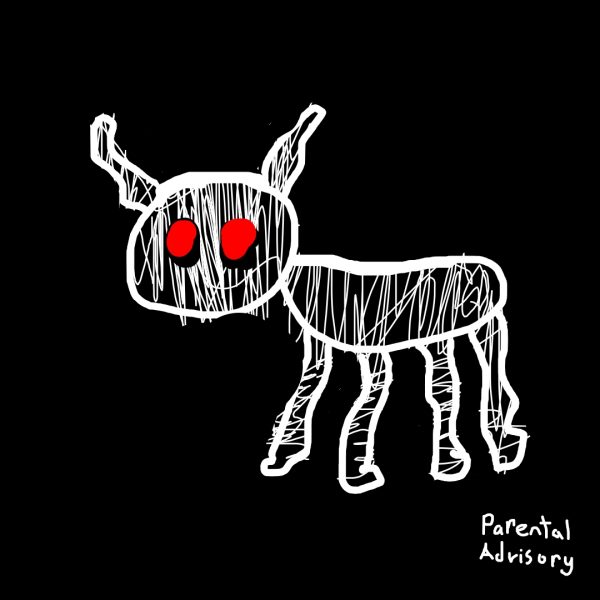On the American Black Bear and Resisting the Urge to Hibernate
February 2014
Out of all the Model Magic dioramas I’ve sculpted over the years, my first grade portrayal of the American Black Bear’s hibernation habits stands out clearly in my mind. In a shoebox painted gray, the crayon-colored skeletons of trees and a thin layer of cotton ball snow perfectly represented the desolate winter scene that my clay black bear, laying horizontally in the center of the box, was blissfully sleeping through. I remember holding the diorama in the front of my classroom, explaining that the American Black Bear can go 100 days without eating or drinking during the winter, and along with the pride I felt for my outstanding craftsmanship, I vividly recall how jealous I was that bears don’t have to participate in the bitter cold and unending darkness of winter. At seven years old, I already recognized the effect the dreary season had on me. Eleven winters later, I’m fully aware that as sunlight grows scarce and temperatures drop, the gloomy grayness of winter seeps into my mind, making me constantly tired and generally miserable.
I’m aware of how melodramatic that may sound. Everyone, or at least everyone north of South Carolina, deals with the winter. Everyone wears puffy winter coats, scrapes ice off windshields, and watches the sun go down before five o’clock. However, for the twenty percent of Americans suffering from Seasonal Affective Disorder, the joy of snow days and powdery white snow doesn’t make up for the bleakness of the months between November and April.
Seasonal Affective Disorder (aptly abbreviated to SAD) is a psychiatric condition characterized by oversleeping, daytime fatigue, and overeating- especially of carbohydrates. It is directly related to hours of daylight, so people in northern regions experience SAD more frequently (except apparently in Iceland, where the native people are eating some sort of fish that supposedly prevents it…).
When I first discovered that there is a name for my seasonal desire to put on three sweaters, eat a box of Girl Scout cookies, then take a nap (in that order), I was comforted, both by the realization that one in five Americans feel the same way for a few months a year and by the scientific explanation for the winter slump.
In the winter, we have more of the hormone melatonin in our bloodstream. For the lucky mammals that sleep through the winter, melatonin regulates hibernation and causes drowsiness. Exposure to daylight decreases melatonin production, making us feel more awake and energized. Unfortunately, the school-sports-homework combination requires us to be inside for most of the daylight hours, but just sitting by a sunny window in class can help eliminate sleepiness.
My family decided to invest in a UV-radiating light box because all of us, including my dog, get grumpy and tired in the winter, and also because we’re kind of weird. For a few days, we had some quality bonding time sitting around the light box absorbing the purplish glow. Then I stealthily relocated the light to my room to help me reenergize during late-night homework sessions. I’m not sure if I’ve actually gotten any benefit from “staring indirectly at the light for twenty to thirty minutes,” as the directions suggest, but I am starting to worry that I’ll get sunburnt when I leave it on for hours at a time. Mostly, the lamp provides some comfort by reassuring me that I can fight through my constant urge to curl up in my bed and stay there for a few months.
Part of me is still envious of the American black bear. If I could sleep for 100 days, just retreating from the bleakness and bitter cold of winter, I wouldn’t have to shovel my driveway or wear gloves while I do my homework in my drafty room. At the same time, I’d miss all the little things that keep me going during the winter- the peppermint lattes, the joy of a snow day, Christmas cookies, and fuzzy socks. Part of me knows that even if I had the chance to relinquish all my responsibilities and obligations to just sleep through the season, I wouldn’t do it.
With the exception of a few outliers who claim to enjoy single-digit temperatures, everyone hates wintertime, but we all struggle through it together. We’re all finding ways to have fun, even when the days are dark and cold. Wintertime brings people together. We gather around fireplaces and at the top of sledding hills. We sip hot chocolate and build snowmen together. We rely on each other to get through the season.
Maybe I’ve just been sitting in front of my UV lamp for too long, but with the end of the winter season in sight, I can look back on the past few months, remember all of the fun times and new experiences and realize winter isn’t always miserable.
Ellie McGinnis has been a part of The Whittier Miscellany staff for four years and currently serves as the publication’s Copy Editor. This is her first year as an independent columnist. Ellie did not have either of her two front teeth for four years.





































